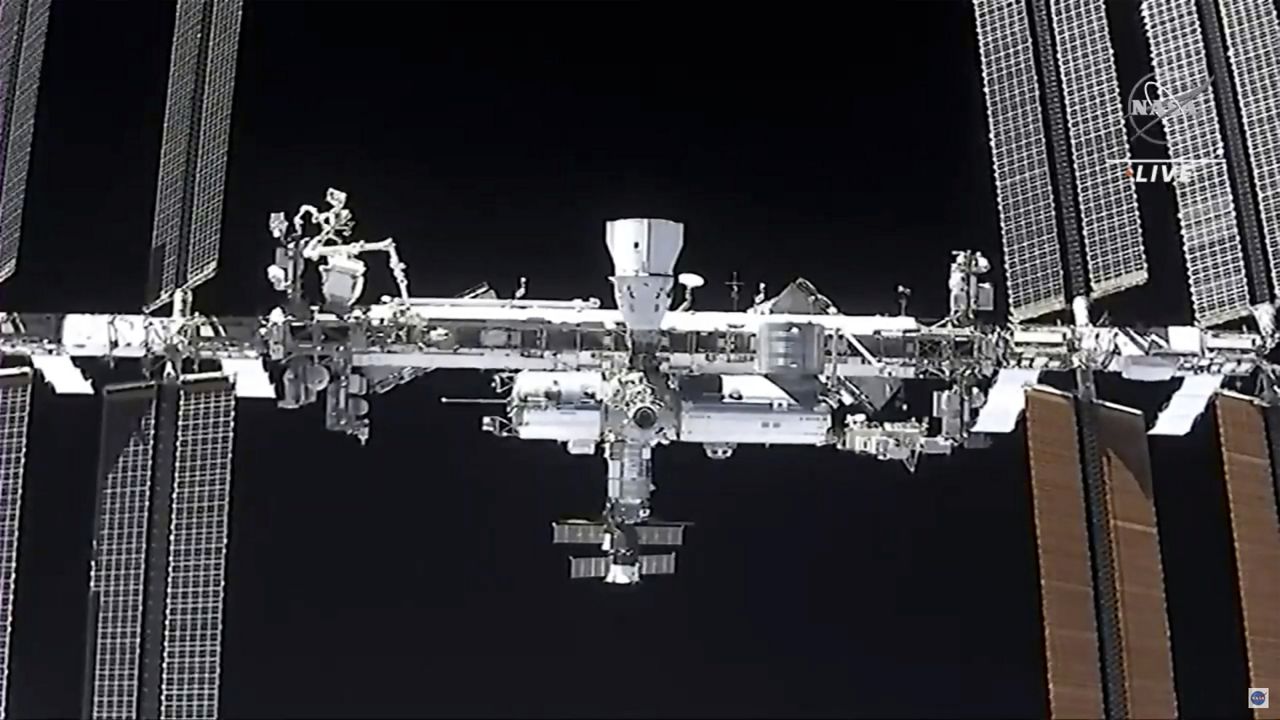The long-orbiting International Space Station will be officially decommissioned come January 2031, according to recently-announced plans from NASA, and its final resting place will be in a remote location at the bottom of the Pacific Ocean.
Point Nemo – sometimes referred to as the “spacecraft cemetery” – lies around 2,500 - 3,000 miles off of New Zealand’s eastern coast. It is home to over 200 decommissioned satellites and other spacecraft from numerous countries, including Japan and Russia.
The ISS will join the watery grave in less than a decade, and NASA on Monday detailed how the agency will keep the station running through 2030 while preparing for its reentry.
The ISS was first launched in 1998 thanks to a multi-national partnership between the United States, Russia, Japan, Europe and Canada. Over the past two-plus decades, the laboratory has offered groundbreaking research in the areas of science and technology, with one goal to prepare procedures for the first humans to visit Mars.
While the station was originally set to be decommissioned in 2024, the Biden-Harris administration in late December announced it would extend the ISS’ mission through 2030.
“As more and more nations are active in space, it’s more important than ever that the United States continues to lead the world in growing international alliances and modeling rules and norms for the peaceful and responsible use of space,” NASA administrator Bill Nelson said at the time.
Monday’s report also said NASA will use the transition period to foster new opportunities for space travel in the lower-Earth orbit – like those recently hosted by Jeff Bezos’ Blue Origin and Elon Musk’s SpaceX.
“This third decade is one of results, building on our successful global partnership to verify exploration and human research technologies to support deep space exploration, continue to return medical and environmental benefits to humanity, and lay the groundwork for a commercial future in low-Earth orbit,” Robyn Gatens, ISS director at NASA Headquarters, wrote in Monday’s statement.
“We look forward to maximizing these returns from the space station through 2030 while planning for transition to commercial space destinations that will follow,” Gatens added.
There are currently at least three “free-flyer” commercial destinations under contract development with NASA:
- Starlab - $160 million (Nanoracks, Lockheed Martin and Voyager Space)
- Unnamed destination - $125.6 million (Northrop Grumman and Dynetics)
- Orbital Reef - $130 million (Blue Origin and Sierra Space)
Part of the goal of creating the commercial spaces in low orbit is to create a new, robust economy in a variety of destinations so that “various customers, including private entities, public institutions, NASA, and foreign governments, can purchase services,” NASA wrote in late 2021.



